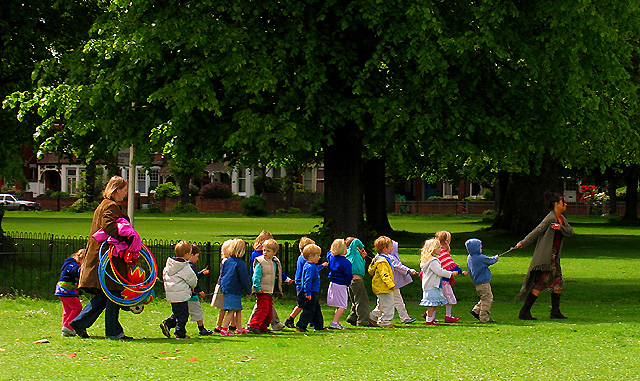The whole early years sector has recently been shaken by the tragic deaths of two young children. A three year old died in September after becoming entangled in a rope on a slide at York College Nursery and a nine month old baby choked to death at a nursery in Greater Manchester on October 23rd. Heartbreaking accidents like this serve as stark reminders about the importance of health and safety when working with young children and perhaps provide a good opportunity to review some of the key principles with your learners.
Teaching health and safety can often be challenging. Learners need to know about health and safety legislation and how it applies to the early years workplace, but it can be a very uninspiring topic to undertake in the classroom. It is vitally important to help learners make practical links with their different placement experiences and support them in the process of understanding their own responsibilities.
Health and safety forms a very important component of both the Level 2 Certificate and Level 3 Diploma for the Children and Young People’s Workforce, particularly:
L2: Unit MU 2.4 Contribute to Children and Young People’s Health and Safety
Unit TDA 2.2 Safeguarding the Welfare of Children and Young People
Unit PEFAP 001 Paediatric Emergency First Aid
L3: Unit CYP 3.4 Support Children and Young People’s Health and Safety
Unit SHC 34 Principles for Implementing Duty of Care in Health, Social Care or Children’s and Young People’s Settings
Unit CYP 3.3 Understand how to Safeguard the Wellbeing of Children and Young People
These units cover a wide range of topics around health and safety, including legislation, safe working practices and dealing with emergencies. The assessment tasks include both knowledge-based and competence-based evidence and this can be supported with class activities, which encourage learners to make relevant links with their placement experience.
For example, the activity “Assessing Hazards” (attached) will encourage learners to investigate the health and safety procedures in their placements and talk to early years staff about the practical implementation. Learners can then share the information with each other in class and discuss key aspects of best practice. This could be followed up by the activity “Design a Webpage” (attached) which the learners could undertake in groups, sharing their ideas and experiences.
The two case studies (attached) offer the opportunity for learners to apply their knowledge in different practical situations and to discuss and reflect on the implications of keeping children safe in early years settings.
The new BTEC National Qualification in Children’s Play, Learning and Development (supported by the forthcoming Collins student textbook) includes a unit on health and safety practice in early years settings, with an emphasis on policies, procedures and risk assessment. To achieve a Distinction grade in this qualification, learners must show that they can:
Assess the ways in which legislation and procedures in early years settings contribute to children’s health and wellbeing.
Evaluate the extent to which risk assessment contributes to effective early years practice in a selected early years setting.
Evaluate the extent to which policies and procedures for response to emergencies in early years settings contribute to children’s health and safety.
In the aftermath of these recent tragic deaths, it seems timely to review how critically important it is for learners to fully understand the significance of these criteria.
Janet Stearns, Lecturer in Early Childhood Studies, former Lead Examiner for CACHE




